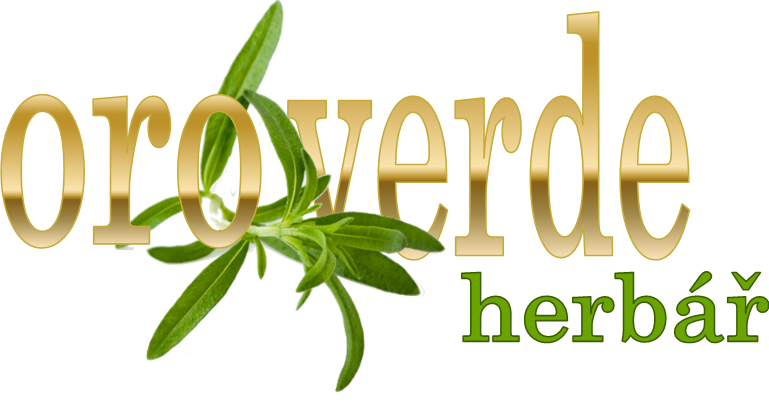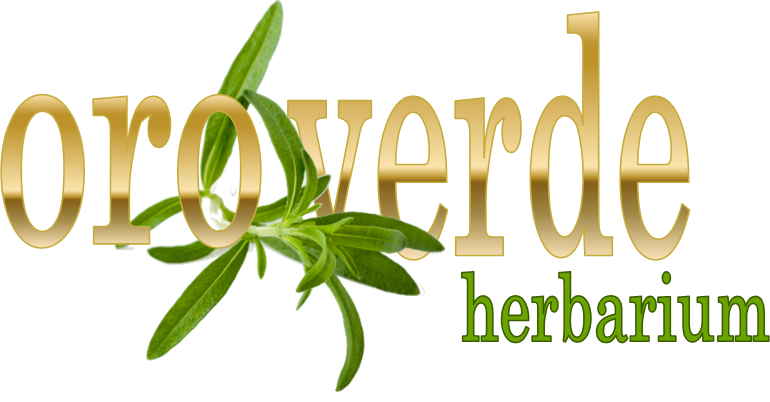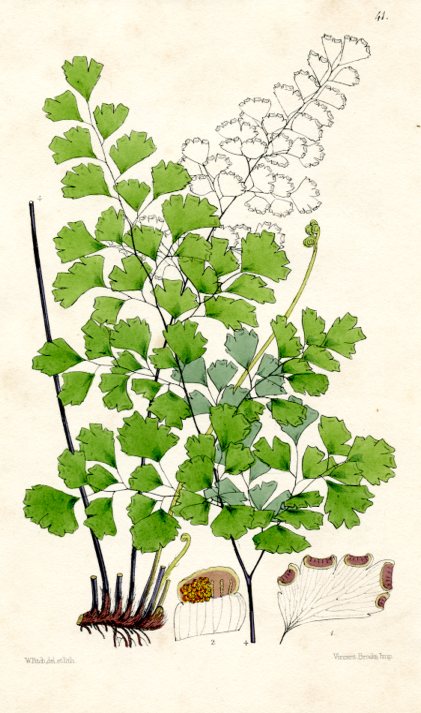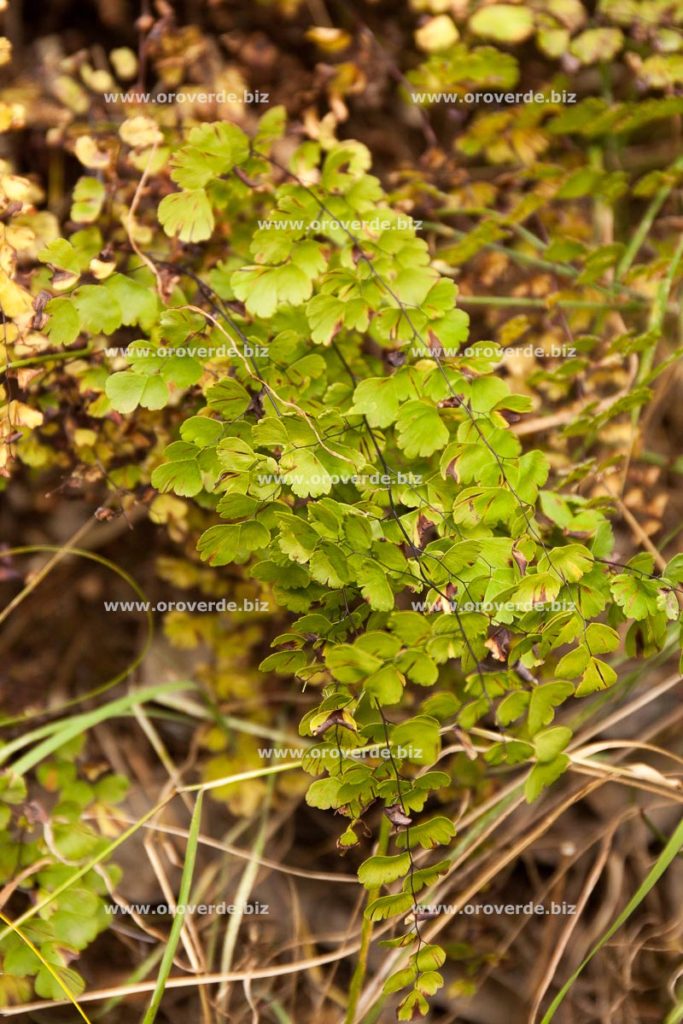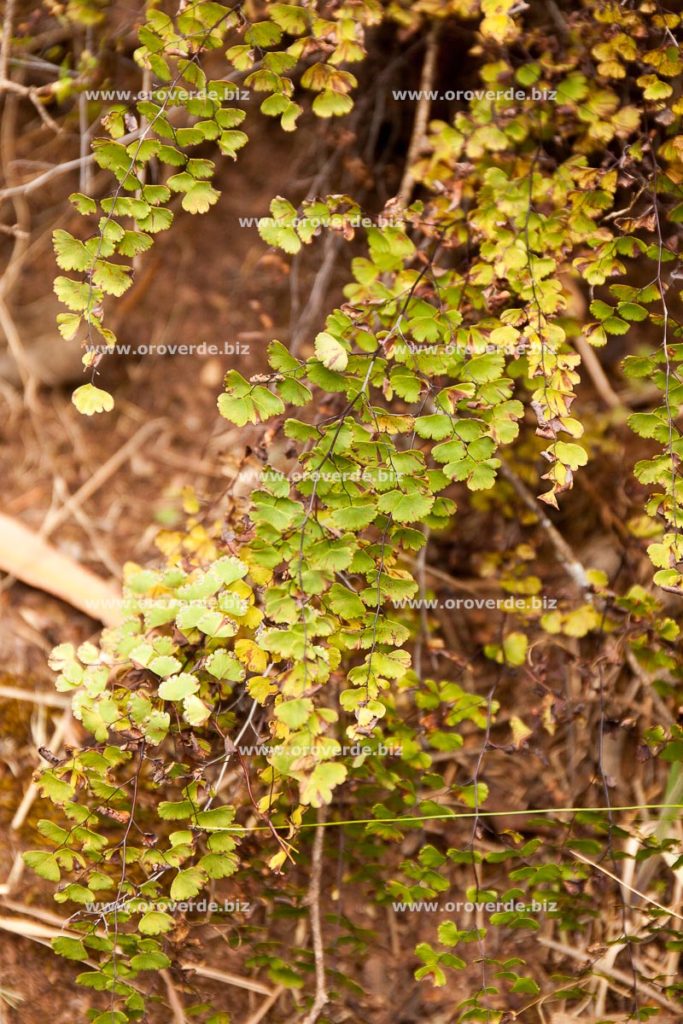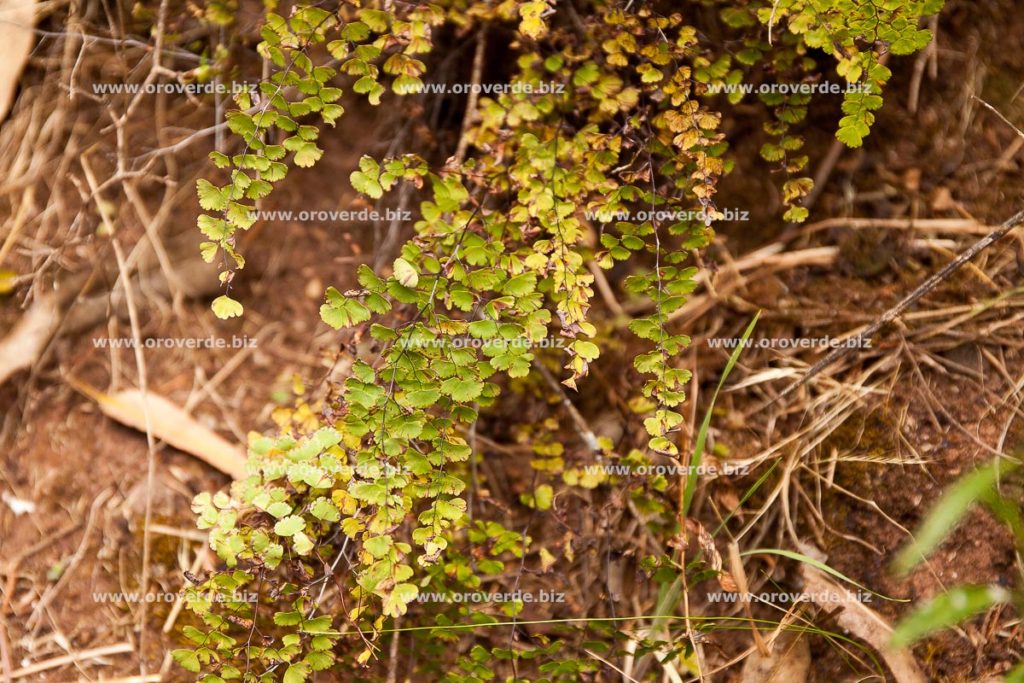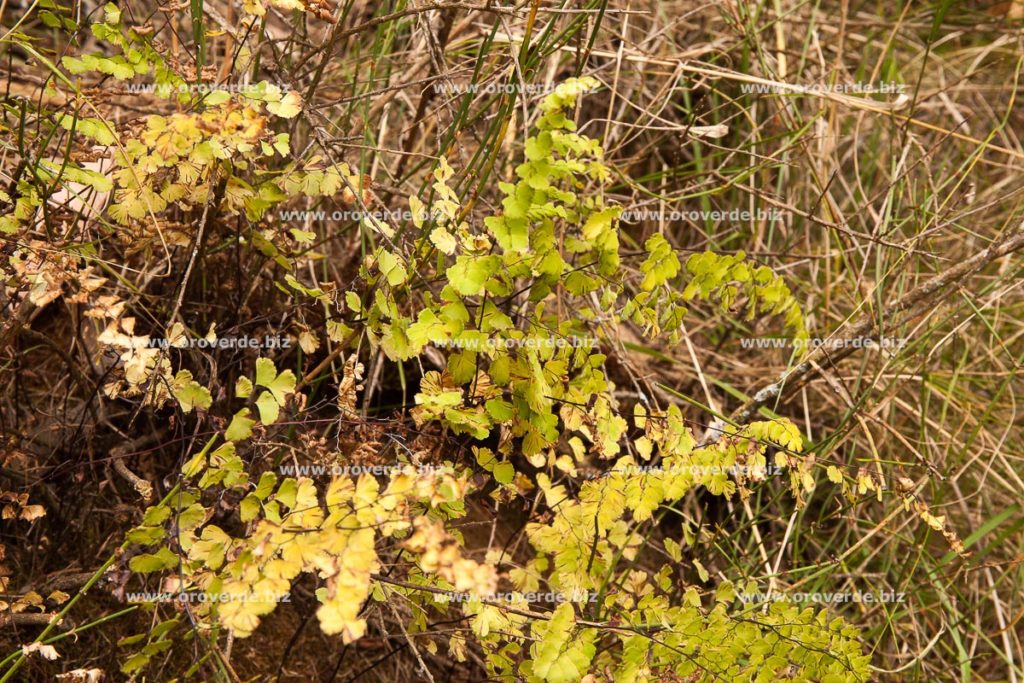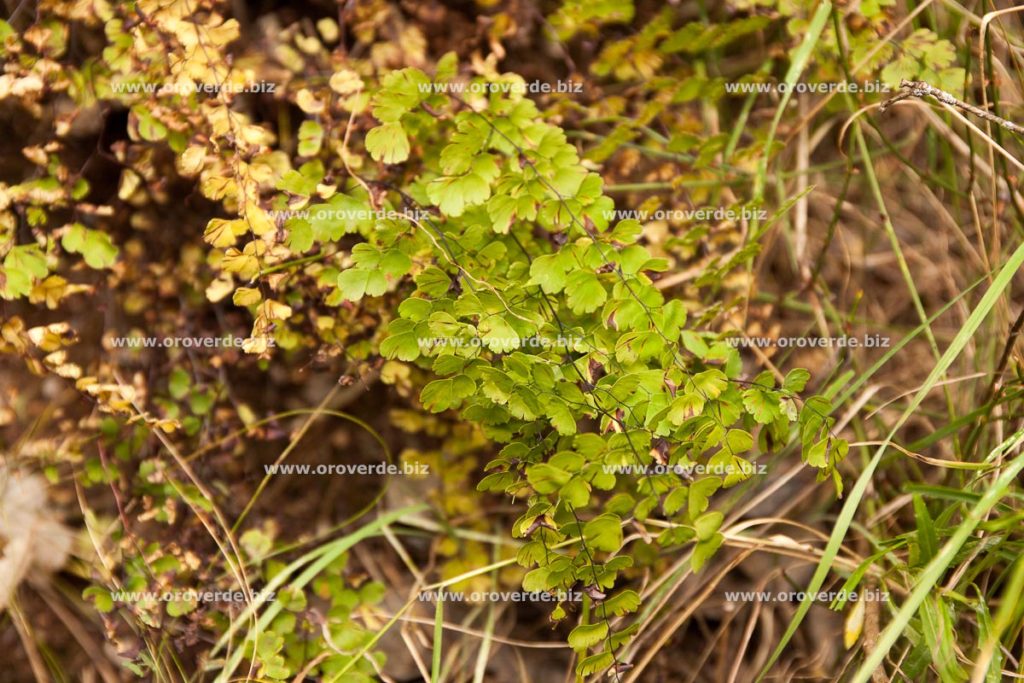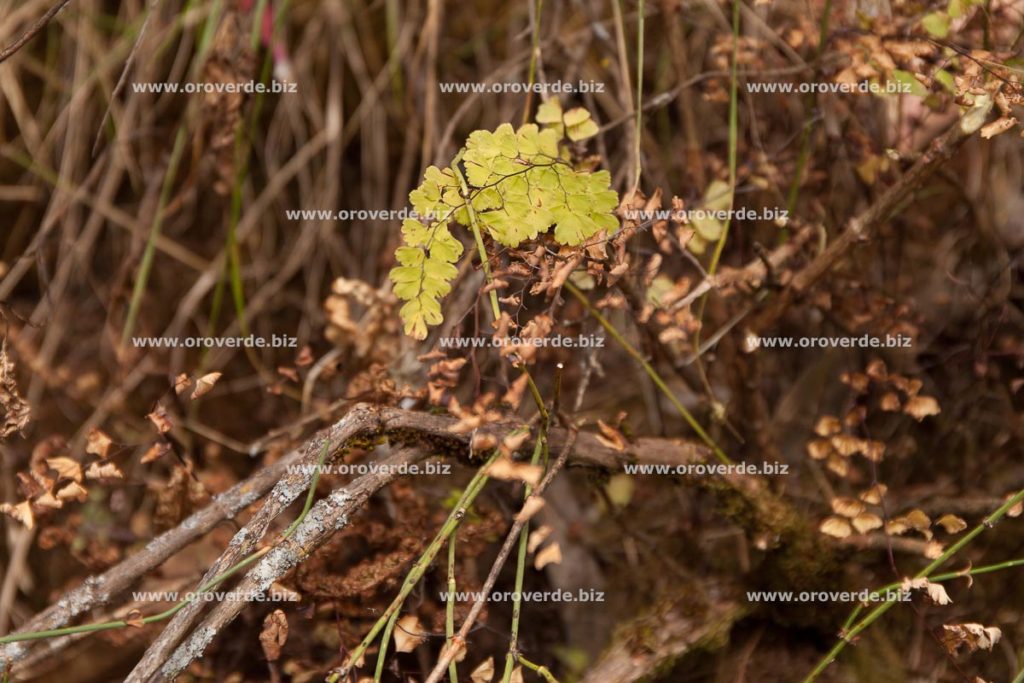It affects the following diseases:
Family: Adianthaceae
Genus: Asplenium
Species: lunulatum Sw.
Common names:
cuti, raqui-raqui, shapumbila, kumu-kumu, culantro pusu, sano-sano
Part(s) used:
Above-ground parts of plant (Herba asplenidi)
Description:
Cuticuti is a small perennial fern, growing on shadowy and humid places of rain forest (on the eastern slopes of Andes). Its trailing tufted stock gives, though individual thalli are split, a perfect picture of a small bush. Simply pinnate leaves form a rose, their footstalks are dark green, on the bottom side brown. The leaves reach length of 3 – 5 cm and are slightly fan-shaped with dentate edges, footstalks are short. The herb is being more closely examined and diagnosed at the moment, namely its taxonomy listing, which is not quite explicit yet – Asplenium is classified under the family of Aspleniaceae which corresponds to classification according to molecular data to dryopteridal evolutionary line (Uher, 2001); WEP (World’s Economical Plants), however, mentions a synonym Notholaena lunulata and categorizes it into the family Adianthaceae, or Pteridaceae – according to molecular data then evolutionary line pteridal. Other researches concern also the substances contained. The presence of tanstuffs and mucins (mucil) was described. Pharmaco-botanical sources mention the presence of flavonoides of acacetin, unalbuminous amino-acids, derivates of cumarone acid, xanthons and naphthoquinane.
Rare ethnomedical sources mention the use of A.lunulatum as expectorant (supporting expectoration), as a remedy for moderation of blood sugar level and for support of regular metabolism. In this way it is used by native communities of Columbia, Ecuador, Venezuela and Bolivia.The English database refers to the cosmopolitan spread of this species all over the world under various synonymic specific and generic names. Worth mentioning is certainly the quotation of Greek healer Dioscoridos, the author of the treatise De Materia Medica (40 – 90 A.D.) about the use of A.lunulatum as a remedy for chest disorders (pulmonary, bronchial). The top of the finger-fern is today used for preparing a syrup (in France it is called Sirop de Capillaire) which is very popular against catarrh of airways.
Contraindications:
Are not mentioned
Side effects:
Are not mentioned
Traditional enthomedicinal uses:
For hypoglycaemic effect it is recommended to boil 10 grams of the plant in a litre of water for 20 minutes, to let it macerate all night and then to drink a cup 3 times a day. Other sources advise to pour hot water over 10 grams of the herb and let it macerate, to decant it and then to drink.
More information you can look on the site about ordinary preparation of the herbal remedies.
Phytoterapeutic properties:
Depurative, expektorans, regulation of sugar level in blood (hypoglycemiante), hepatoprotective, metabolizm support
Phytochemical composition:
Flavonoides (akacetin), aminoacids, derivátes of coumarin acid, naphtochinones, tannins, mucilages (mucil).
Source:
- De Salvia y Toronjil – Guía de Medicina Natural para la Salud de la Mujer, VARGAS L., VARGAS R., NACCARATO P., Ed. Gráfica Bellindo, Lima, Perú, 1995,
- Manual de fitoterapia, LOPEZ VILLAR M., VARGAS VILLAVICENCIO O., Programa Nacional de Medicina Complementaria del Seguro Social de Salud – EsSalud, Lima, Perú, 2001, ISBN 9972-758-34-3
- Vocabulario de los nombres vulgares de flora peruana, SOUKUP J. SDB, Editoria Salesiana, Lima, Perú, 1975
- Ziololecznictwo amazońskie i andyjskie, ŹUROWSKA K., TowerPress, Gdańsk, Polska, 2001, ISBN 83-87342-41-6
